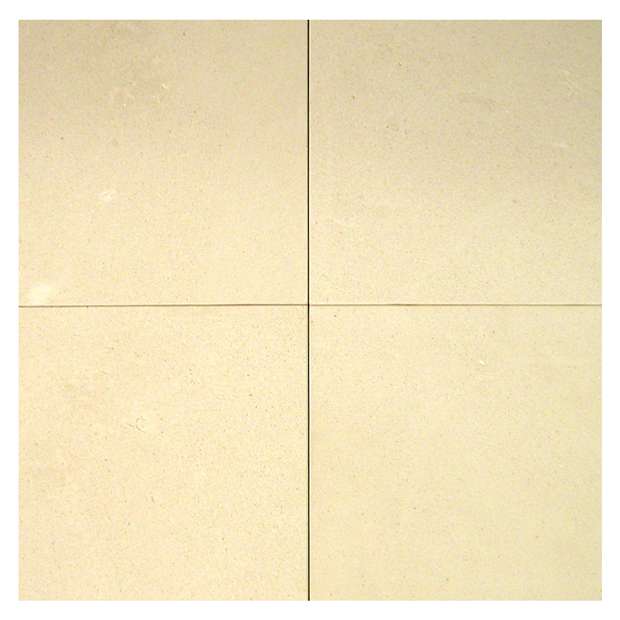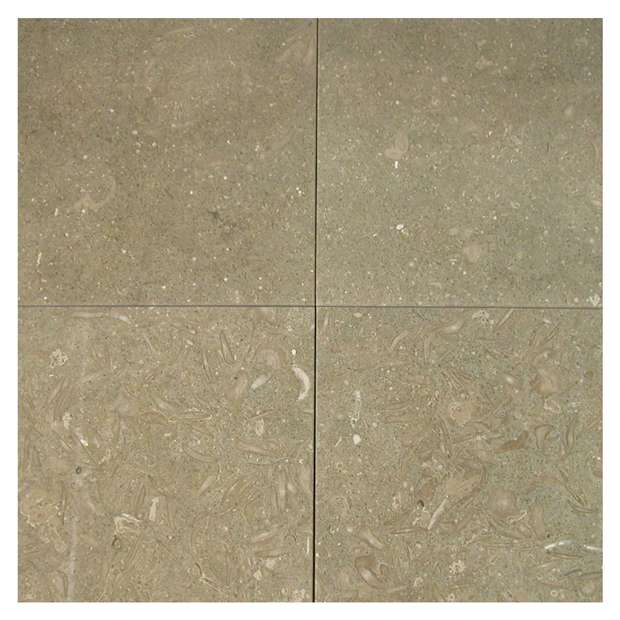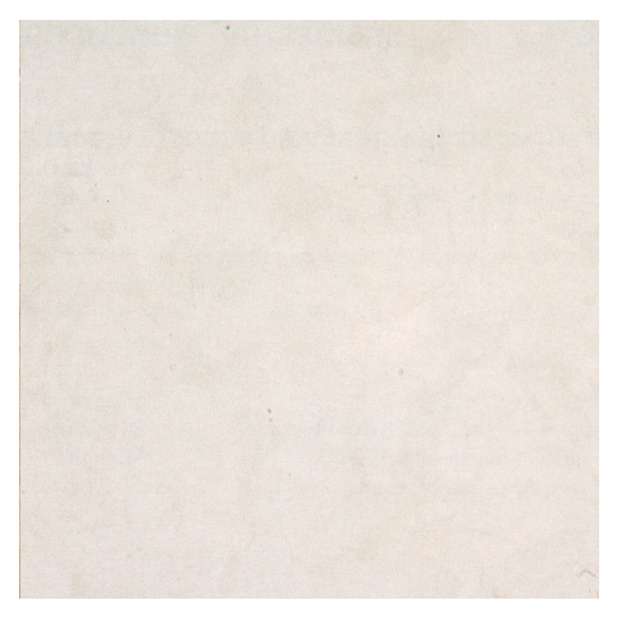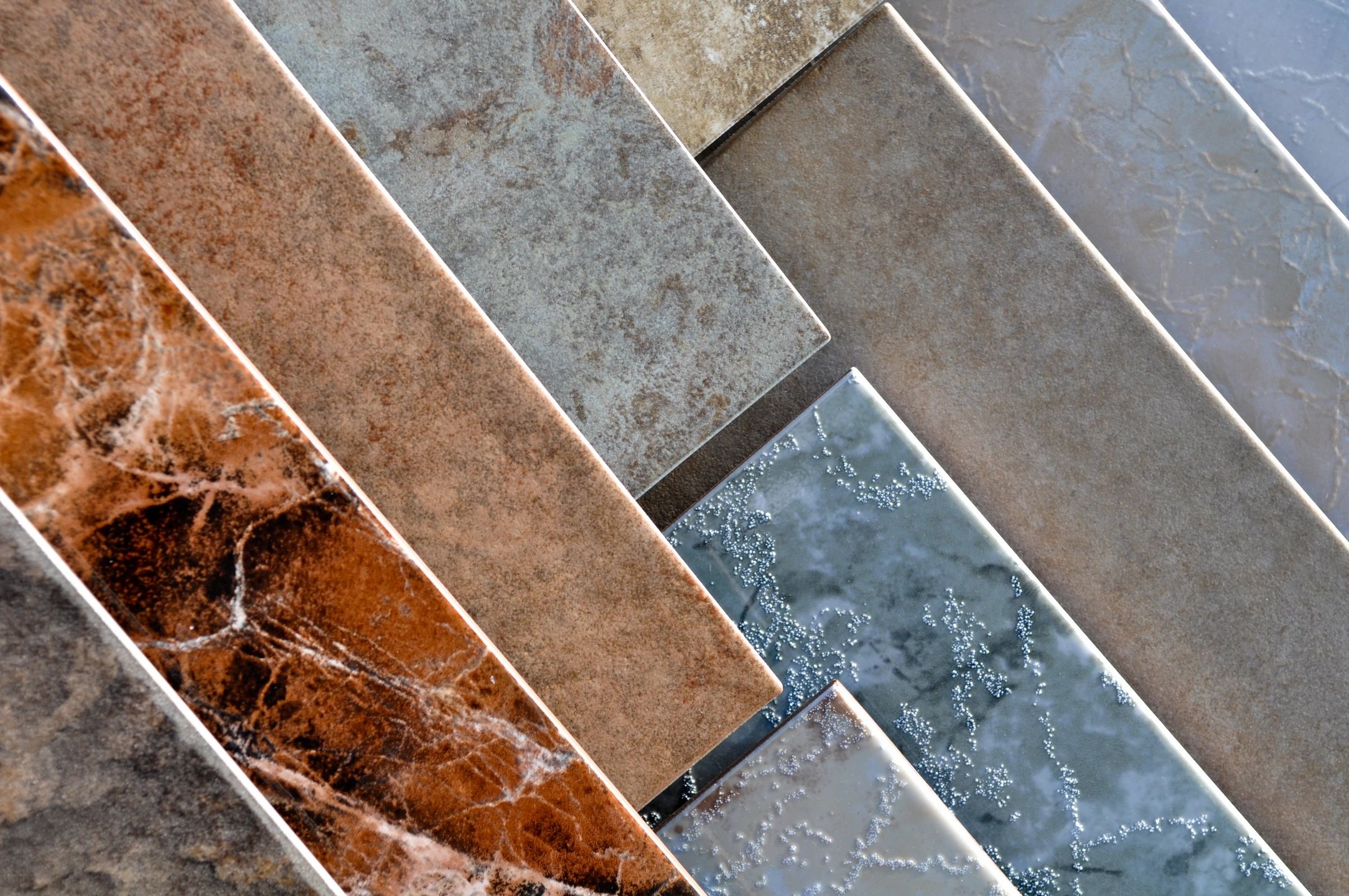Limestone Colors
Limestone is a sedimentary rock composed largely of the mineral calcite. Limestone often contains variable amounts of silica in the form of chert or flint, as well as varying amounts of clay, silt, and sand as disseminations, nodules, or layers within the rock. The primary source of calcite in limestone is most commonly marine organisms. These organisms secrete shells that settle out of the water column and are deposited on ocean floors as pelagic ooze or alternatively are conglomerated in a coral reef. Secondary calcite may also be deposited by supersaturated meteoric waters (groundwater that precipitates the material in caves). This produces speleothems such as stalagmites and stalactites. Another form taken by calcite is that of oolites (oolitic limestone) which can be recognized by their granular appearance. Limestone makes up about 10% of the total volume of all sedimentary rocks.
Limestone is especially popular in architecture, and many landmarks around the world, especially in North America, Europe, and the pyramids in Egypt are made of limestone. So many buildings in Kingston, Ontario, Canada were constructed from it that it is nicknamed the ‘Limestone City’. On the island of Malta, a variety of limestone called Globigerina limestone was for a long time the only building material available and is still very frequently used on all types of buildings and sculptures. Limestone is readily available and relatively easy to cut into blocks or more elaborate carving. It is also long-lasting and stands up well to exposure. However, it is a very heavy material, making it impractical for tall buildings. It is also quite expensive.






